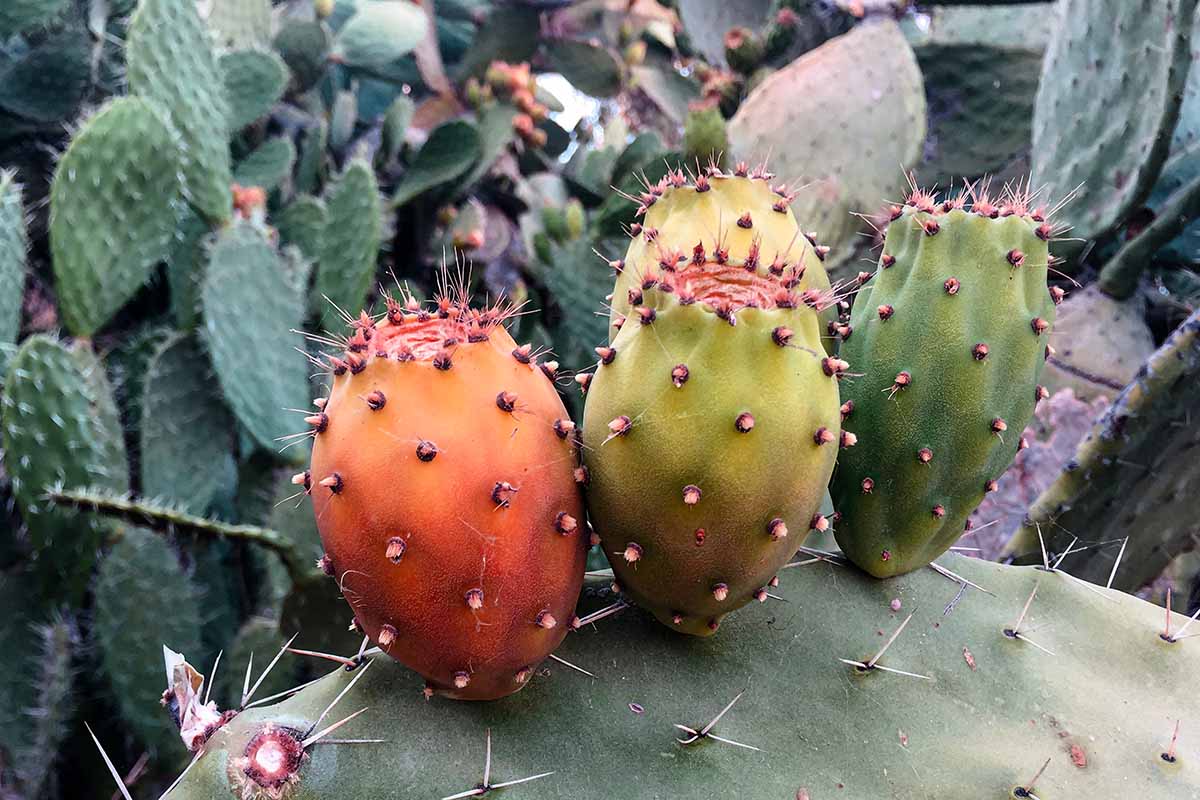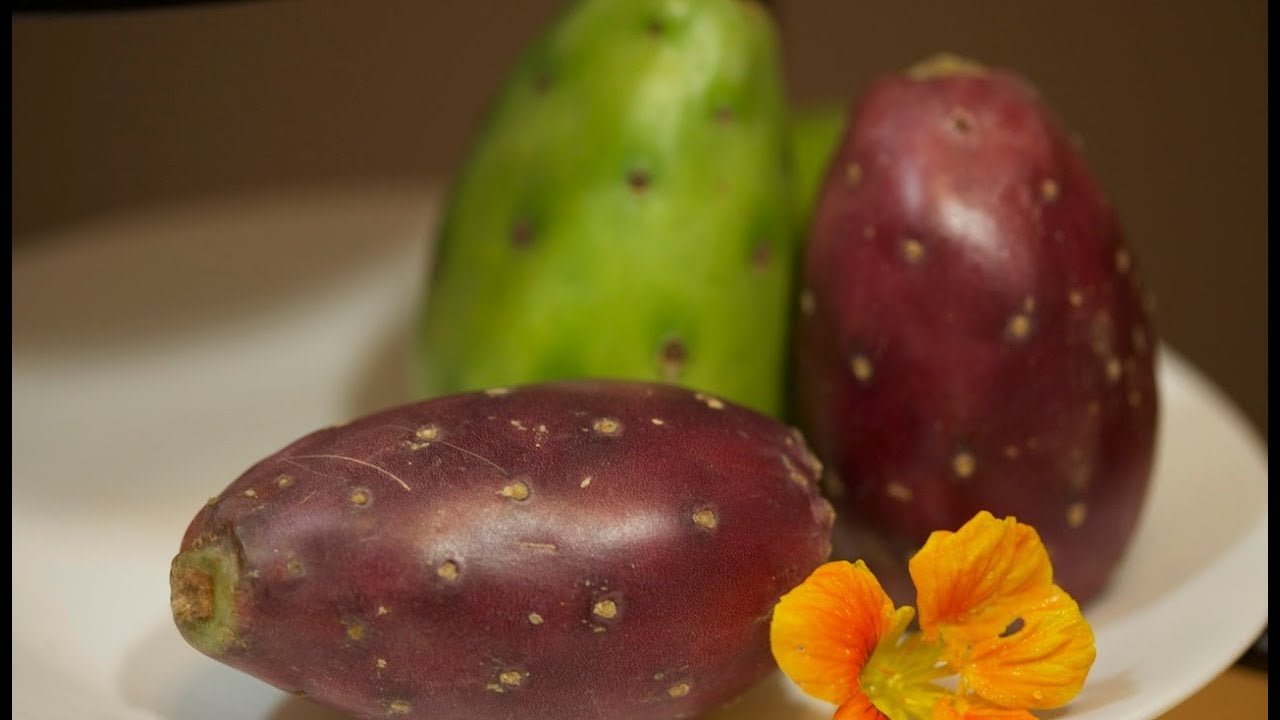Are you a fan of prickly pears but find it difficult to determine if they are ripe and ready to be enjoyed? Well, fret no more! In this article, we will reveal some simple yet effective methods for identifying when prickly pears are perfectly ripe. By learning these foolproof techniques, you will never have to suffer the disappointment of biting into an unripe prickly pear again. Get ready to savor the sweet and juicy goodness of these delectable fruits!
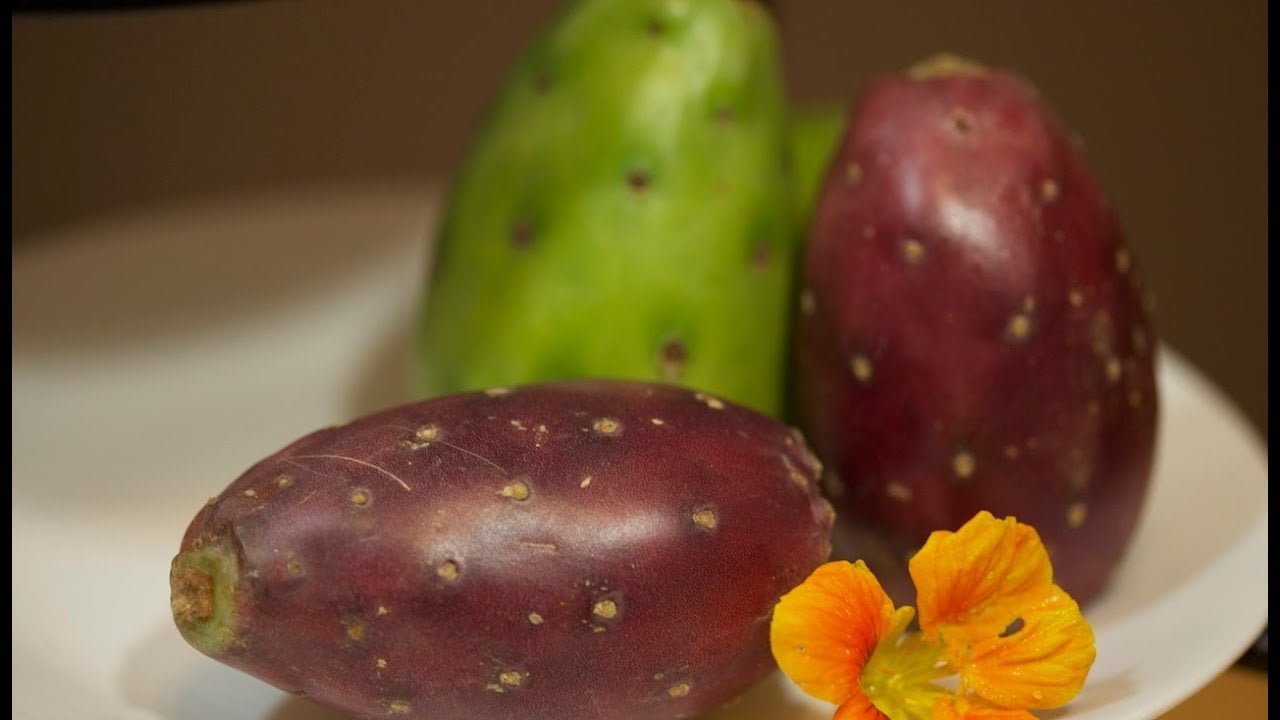
Signs to Look for when Prickly Pears Are Ripe
Prickly pears are a delicious and unique fruit that come from the prickly pear cactus. However, knowing when these fruits are ripe can be a bit tricky. Luckily, there are several signs you can look for to determine when the prickly pears are ready to be harvested and enjoyed. This article will guide you through the visual indicators and touch and feel characteristics to help you identify the perfect time to pick and savor these delectable fruits.
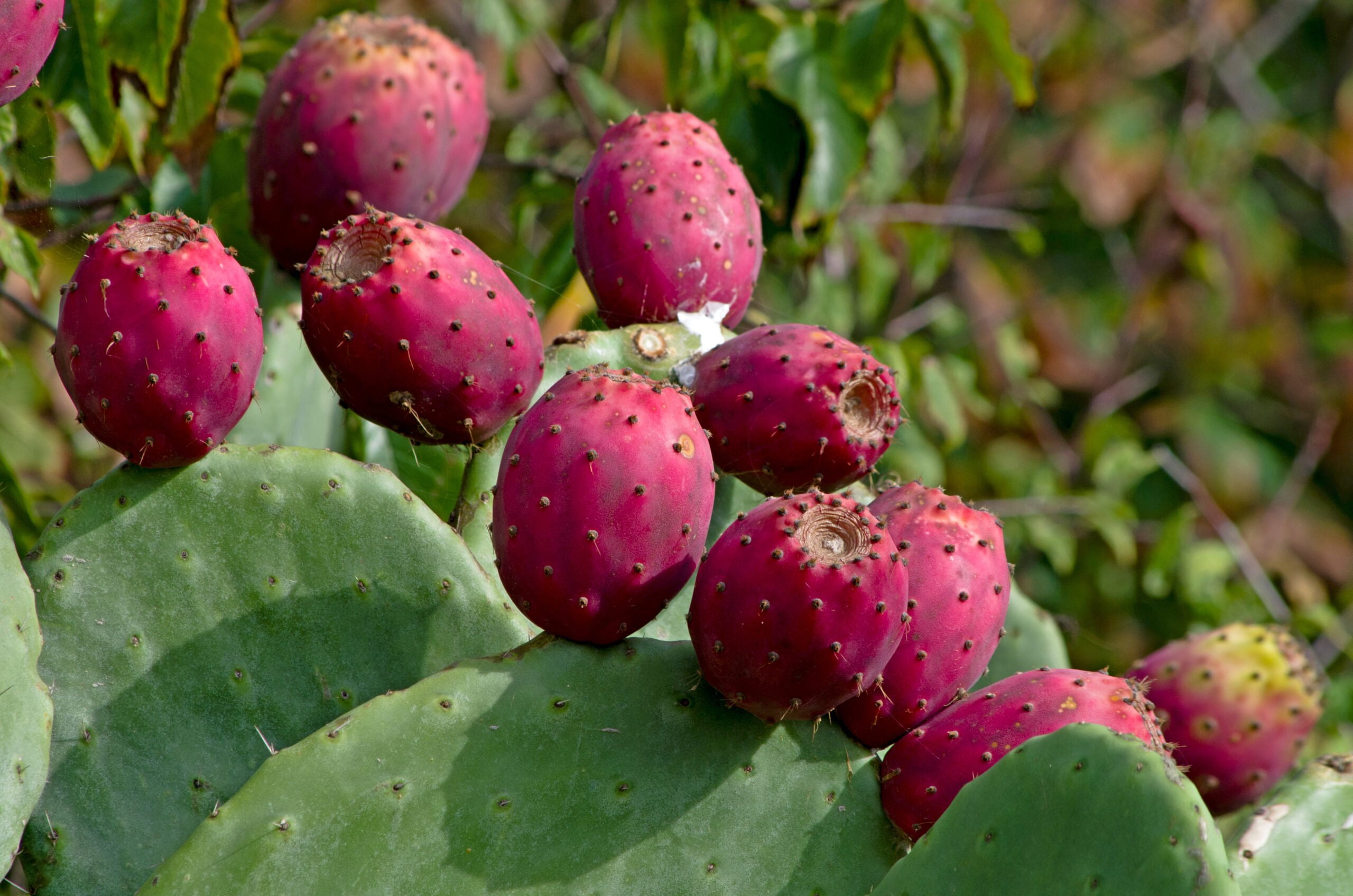
Visual Indicators
One of the first things to pay attention to when determining the ripeness of prickly pears is visual indicators. These indicators include color changes, texture changes, as well as the size and shape of the fruit.
Color Changes
As prickly pears ripen, they undergo a shift in hue. The vibrant green color of the fruit will start to change to a brighter and more vibrant shade. The green will turn into shades of yellow, orange, or red, depending on the variety. Look for a uniform and consistent color throughout the fruit, signaling that it has ripened evenly. Additionally, the skin of the prickly pear may darken slightly, indicating that it is reaching its peak sweetness.
Texture Changes
In addition to color changes, texture changes can provide valuable insight into the ripeness of prickly pears. A ripe prickly pear will have a smooth skin. Run your fingers along the fruit’s surface and feel for any rough or bumpy areas. As the fruit ripens, it will become increasingly firm, but still have a slight give to it when gentle pressure is applied.
Size and Shape
When it comes to size and shape, ripe prickly pears tend to exhibit consistency. Look for fruits that are similar in size and have an oval or pear-like shape. Avoid prickly pears that are too small or have irregular shapes, as these may not have fully matured and may not offer the best flavor and texture.
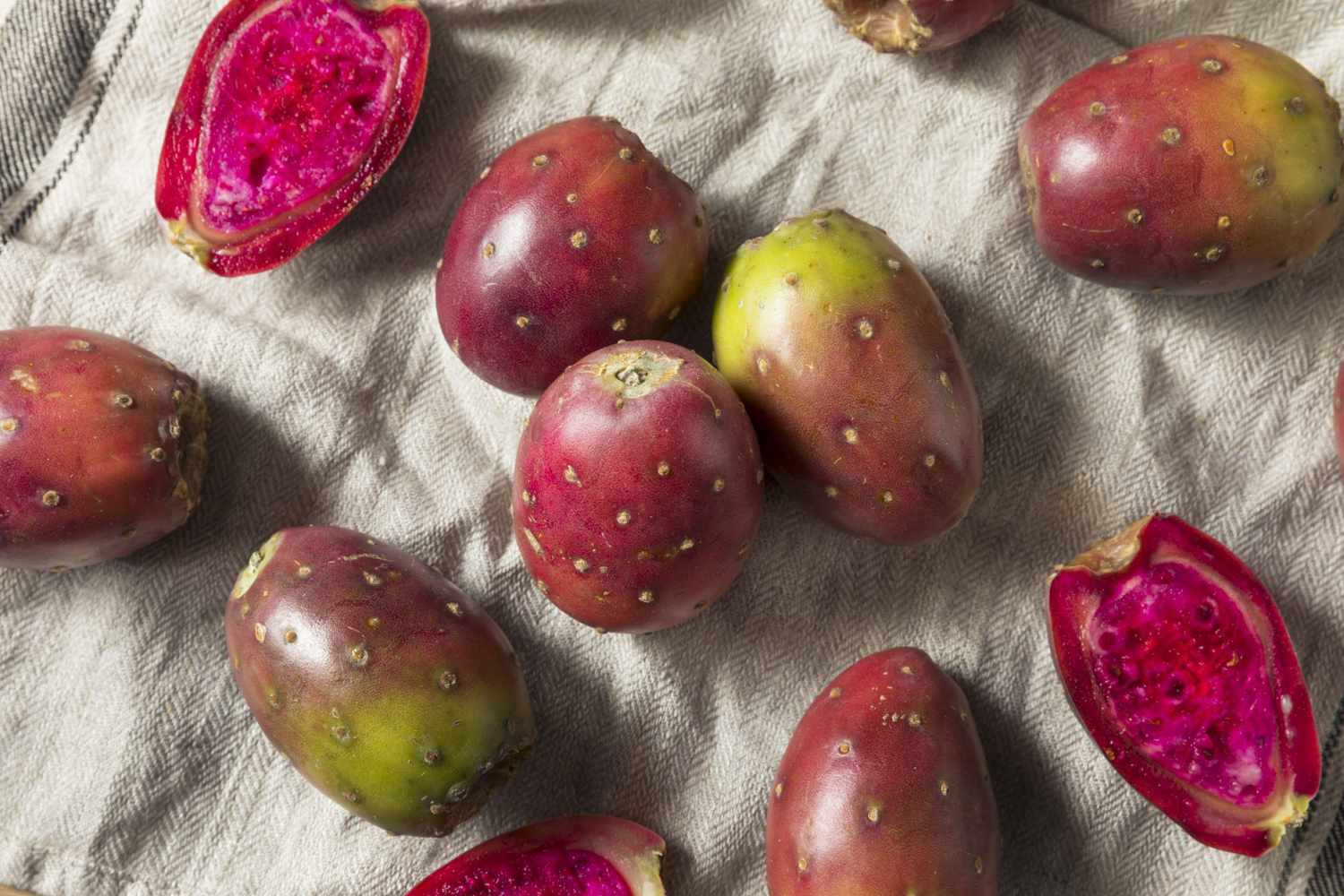
Touch and Feel
Another way to determine whether prickly pears are ripe is by paying attention to how they feel and their resistance when touched. Taking note of the lack of resistance, the presence of spines, and employing the gentle squeeze test can help you confirm if the fruits are ready to be harvested.
Lack of Resistance
Ripe prickly pears should detach easily from the cactus pads or branches. Gently tug on the fruit, and if it releases effortlessly without requiring excessive force, it is likely ripe and ready to be picked. Avoid fruits that resist detachment, as they may not be fully developed or may not have reached their optimal ripeness.
Little to No Spines
While the name suggests otherwise, ripe prickly pears actually have little to no spines. Inspect the fruit’s skin closely and assess the appearance of spines. Ripe fruits will have spines that are either absent or significantly reduced in number. Furthermore, take note of the color of any remaining spines. When prickly pears are ripe, the spines may change color from white or yellow to brown or black.
Gentle Squeeze Test
The gentle squeeze test is another useful way to determine the ripeness of prickly pears. When doing this test, apply a gentle amount of pressure to the fruit. Ripe prickly pears should offer a soft to moderate resistance, similar to the firmness of a ripe avocado. Be cautious not to squeeze too hard, as this can damage the fruit. If the fruit feels too soft or mushy, it may be overripe and past its prime.

Time of Year
While visual indicators and touch and feel characteristics are reliable ways to determine the ripeness of prickly pears, considering the time of year also matters. Different varieties of prickly pears have varying ripening periods, and paying attention to seasonal cues can help you better understand when to expect optimal ripeness.
Varieties and Ripening Period
Prickly pears come in various varieties, and each may have a different ripening period. Some varieties ripen earlier in the season, while others may take longer to reach maturity. Consult a local gardening expert, research the specific variety you have, or seek advice from experienced gardeners to determine the average ripening period for the type of prickly pear you are growing.
Seasonal Cues
Seasonal cues can provide useful information on when prickly pears are likely to be ripe. They tend to ripen during late summer or early fall, depending on your location. Keep an eye out for other signs of the changing seasons, such as the color of other fruits or the changing foliage of surrounding trees. Prickly pears often reach their peak ripeness around the same time as these seasonal indicators, making it easier to pinpoint their optimal harvesting time.
Knowing when prickly pears are ripe can enhance your enjoyment of these unique fruits. By observing visual indicators like color changes, texture changes, and the size and shape of the fruit, as well as paying attention to touch and feel characteristics like lack of resistance, spines, and the results of the gentle squeeze test, you can confidently harvest the best prickly pears from your garden or local market. Additionally, considering the time of year and keeping an eye out for seasonal cues can help you determine when you are most likely to find ripe prickly pears. So, keep these signs in mind and get ready to savor the deliciousness of perfectly ripe prickly pears. Enjoy!
